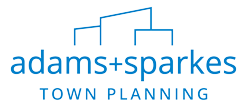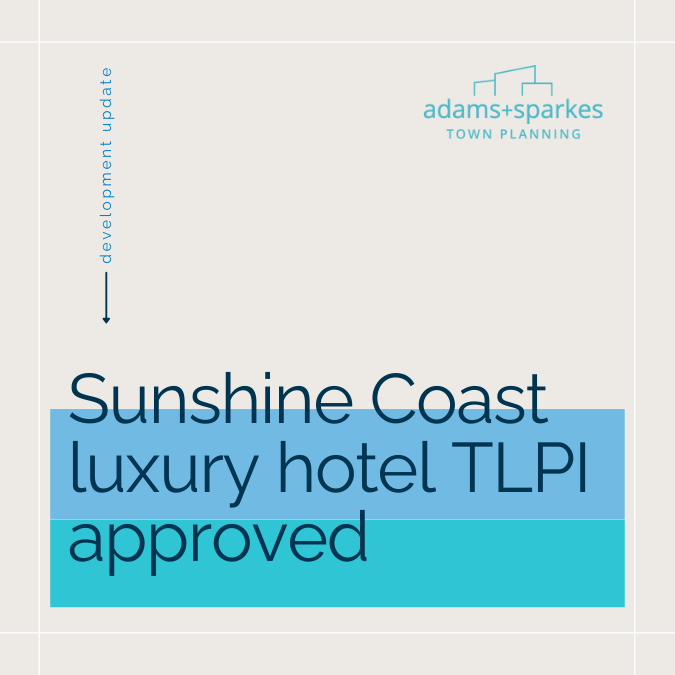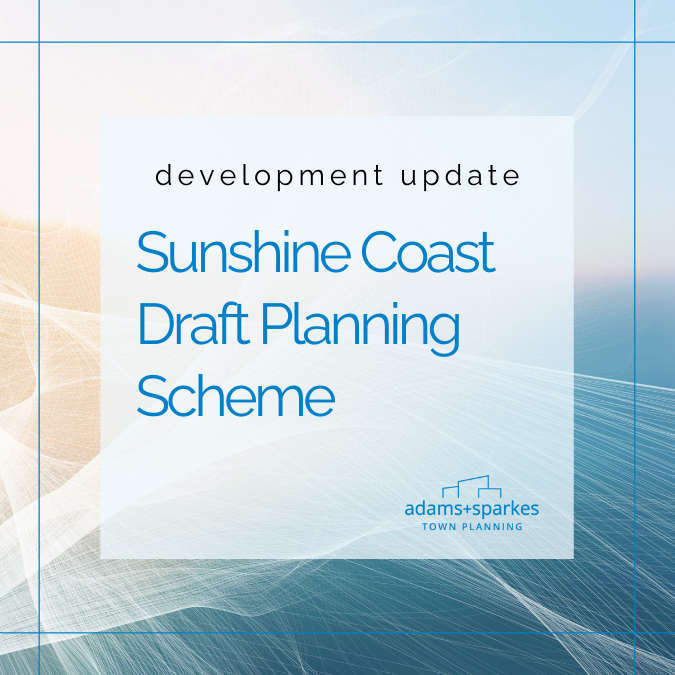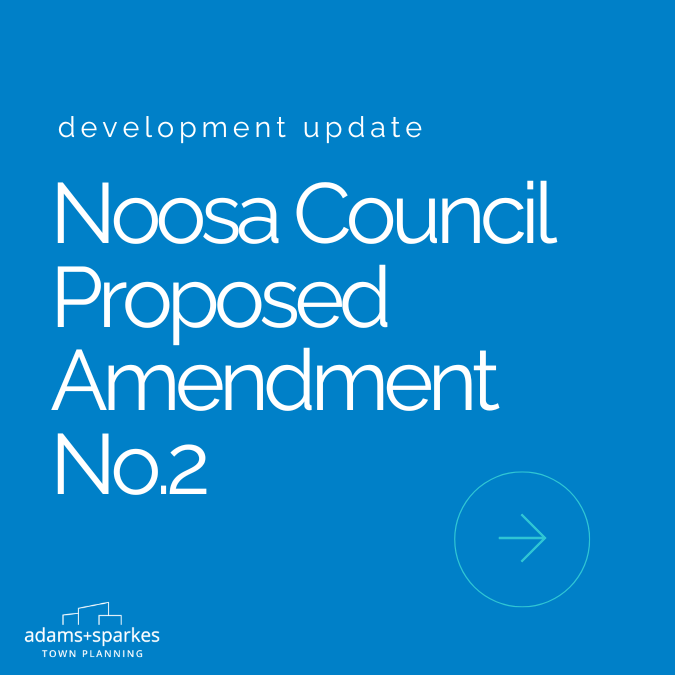1. Definitions
1.1 “A+S” means Adams & Sparkes Pty Ltd its successors and assigns or any person acting on behalf of and with the authority of Adams & Sparkes Pty Ltd.
1.2 “Client” means the Client (or any person acting on behalf of and with the authority of the Client) as described on any proposal, fee agreement or other form as provided to the Client by A+S.
1.3 “Fee” shall mean the price payable for the Services as agreed between A+S and the Client pursuant to this agreement.
1.4 “Guarantor” means any person (or persons), or entity, who agrees to be liable for the debts of the Client on a principal debtor basis.
1.5 “Services” means all Services supplied by A+S to the Client, and includes any advice or recommendations.
2. Competition and Consumer Act 2010 (‘CCA’) and Fair Trading Act Qld 1989 (‘FTA’)
Nothing in this agreement shall have the effect of contracting out of any applicable provisions of the CCA or the FTA except to the extent permitted by those Acts.
3. Acceptance
3.1 Any instructions received by A+S from the Client for the supply of Services and/or the Client’s acceptance of Services supplied by A+S shall constitute acceptance of the terms and conditions contained herein.
3.2 Upon acceptance of these terms by the Client the terms are binding, and may only be amended with the written consent of A+S.
3.3 Where more than one Client has signed or approved this agreement, such persons shall be jointly and severally liable to pay the Fee.
3.4 The Client shall give A+S not less than 14 days prior written notice of any proposed change of ownership of the Client or any change in the Client’s name and/or any other change in the Client’s details (including but not limited to, changes in the Client’s address, facsimile number, or business practice). The Client shall be liable for any loss suffered by A+S as a result of the Client’s failure to comply with this clause.
3.5 Services are supplied by A+S only on these terms of trade to the exclusion of anything to the contrary in the terms of the Client’s order, notwithstanding that any such order is placed on terms that purport to override these terms.
3.6 These terms are to be read in conjunction with A+S’s Fee Proposal. If there are any inconsistencies between the 2 documents then the terms contained in this document shall prevail.
3.7 Upon acceptance of these terms by the Client, the Client consents to and expressly authorises and instructs A+S to undertake on the Client’s behalf all necessary steps after lodgement of any development application, or the like, in accordance with the requirements of the assessment process in the relevant planning legislation. (‘IPA’).
4. Fee and Payment
4.1 A+S reserves the right to change its Fee in the event of a variation to A+S’s proposal or instructions from the Client. Any Services required after lodgement of the Development Application, or outside the scope of the proposed Services, will be undertaken at A+S current hourly labour rate, unless otherwise agreed. A+S reserves the right to periodically review their fees and adjust them accordingly. If the Client does not agree to such increase the Client agrees to pay the fees for the work undertaken prior to such increase (at the rate specified in these Terms, or as last agreed by the Client) and A+S shall not be required to undertake any further work.
4.2 At A+S’s sole discretion:
(a) payment of a deposit may be required;
(b) payment shall be due on or before delivery of the Services.
4.3 Time for payment for the Services shall be of the essence and will be stated on the invoice or any other forms. If no time is stated then payment shall be due 7 days following the date of the invoice.
4.4 Payment may be made by cash, cheque, or by bank cheque, or by direct credit, or by any other method as agreed to between the Client and A+S.
4.5 GST any and other taxes and duties applicable shall be in addition to and paid with the Fee except when they are expressly included in the Fee.
5. Delivery of Services
5.1 Delivery of the Services shall be deemed to take place when the Client takes possession of or receives the benefit of the Services:
(a) at A+S’s address; or
(b) at the Client’s nominated address (including but not limited to, the Client’s nominated email address).
5.2 The Client shall make all arrangements necessary to take delivery of the Services when they are tendered for delivery. If the Client is unable to take delivery of the Services as arranged then A+S shall be entitled to charge a reasonable fee for redelivery.
5.3 Delivery of the Services to a third party nominated by the Client is deemed to be delivery to the Client for the purposes of this agreement.
5.4 A+S may deliver the Services by separate stages. Each separate stage shall be invoiced and paid for in accordance with these terms.
5.5 A+S shall not be liable for any loss or damage whatsoever arising out of any delay or failure by A+S to deliver the Services (or any of them) promptly or at all as a result of circumstances beyond the reasonable control of A+S.
6. Risk
Risk in relation to any documentation supplied to the Client by A+S as part of the Services shall immediately pass to the Client on delivery.
7. Title
7.1 A+S and the Client agree that ownership of documentation (but not the copyright therein) supplied as part of the Services shall pass when:
(a) the Client has paid A+S all amounts owing for the relevant Services; and
(b) the Client has complied with all its other obligations to A+S in respect of all contracts between A+S and the Client.
7.2 Receipt by A+S of any form of payment other than cash shall not be deemed to be payment until payment has been honoured, cleared or recognised and until then A+S’s ownership or rights in respect of the Services and documentation shall continue.
7.3 Until such time as ownership of all documentation supplied as part of the Services passes from A+S to the Client, A+S may give notice in writing to the Client to return the documentation (or any part thereof) to A+S.
7.4 If the Client fails to return the documentation to A+S then A+S or its agent may enter upon and into property and premises owned, occupied or used by the Client, as the invitee of the Client, and take possession of the documentation.
8. Errors and Omissions
The Client shall inspect the Services on delivery, and shall within 14 days of delivery notify A+S of any alleged defect, errors, omissions or failure to comply with the description or proposal. The Client shall afford A+S an opportunity to inspect the Services within a reasonable time following delivery if the Client believes the Services are defective in any way. If the Client fails to comply with these provisions, the Services shall be conclusively presumed to be supplied in accordance with these terms and free from any defect or damage. A+S’s liability in respect of any defective Services or documentation is limited to (at A+S’s discretion) refunding the purchase price of the Services, or rectification, or replacement of the Services.
9. Intellectual Property
9.1 If A+S has designed, drawn or proposed documents for the Client, then the copyright in such designs and drawings and documents shall remain vested in A+S, and may only be used by the Client at A+S’s discretion.
9.2 The Client warrants that all designs or instructions provided to A+S will not cause A+S to infringe any patent, registered design or trademark in the execution of the Client’s order, and the Client agrees to indemnify A+S against any action taken by a third party against A+S in respect of any such infringement.
10. Default & Consequences of Default
10.1 Interest shall accrue on any overdue invoices from the date when payment becomes due, at the compounding rate of 2% per month, or part thereof, until payment is received by A+S in full.
10.2 If any payment is dishonoured the Client shall reimburse A+S for any dishonour fees incurred.
10.3 If the Client defaults in payment of any invoice when due, the Client shall indemnify A+S from and against all costs and disbursements incurred by A+S in pursuing the debt (including legal costs on a solicitor and own client full indemnity basis, and any collection agency fees incurred by A+S).
10.4 Without prejudice to any other remedies it may have, if at any time the Client is in breach of any obligations (including those relating to payment), A+S may suspend or terminate the supply of Services to the Client and any of its other obligations under these terms and shall not be liable to the Client for any loss or damage suffered by the Client because of the exercise of any rights under this clause.
Without prejudice to A+S’s other remedies A+S shall be entitled to cancel all or any part of any order of the Client which remains unfulfilled and all amounts owing to A+S shall, whether or not due for payment, become immediately payable if:
- any money payable to A+S is not paid by the due date, or in A+S’s reasonable opinion the Client appears unable to meet its payments as they fall due; or
- the Client becomes insolvent, convenes a meeting with its creditors or proposes or enters into an arrangement with creditors, or makes an assignment for the benefit of its creditors; or
- a receiver, manager, liquidator (provisional or otherwise) or administrator is appointed in respect of the Client or any asset of the Client or any associated entity.
11. Security
11.1 In addition to A+S’s other rights: may have:
(a) if the Client and/or the Guarantor (if any) is the owner of land, or any other asset capable of being charged, (in their own right or as trustee) both the Client and/or the Guarantor hereby jointly and severally agree to mortgage and/or charge all of their interest in such land or other asset to A+S to secure all amounts payable under these terms. The Client and/or the Guarantor acknowledge and agree that A+S shall be entitled to lodge a caveat (which caveat shall be withdrawn once all payments and other obligations payable hereunder have been fulfilled).
(b) the Client and/or the Guarantor (if any) hereby irrevocably appoint A+S and its nominee as the Client’s and/or Guarantor’s true and lawful attorney to sign such documents and perform such acts as are necessary to give effect to the provisions of this clause, as security for the performance of an obligation owed to the attorney, and also to sign documentation on behalf of the client for lodgement.
12. Cancellation
12.1 A+S shall be entitled to cancel any contract to which these terms apply or cancel delivery of Services at any time before the Services are delivered by giving written notice to the Client and repaying to the Client any sums paid in respect of the Fee. A+S shall not be liable for any loss or damage whatsoever arising from such cancellation.
12.2 If the Client cancels any Contract to which these services apply the Client shall be liable to pay the relevant contract sum, or such lesser amount as A+S may agree.
13. Privacy Act 1988
13.1 The Client and any Guarantors agree to A+S obtaining from a credit reporting agency a credit report containing personal credit information about the Client and the Guarantors.
13.2 The Client and/or the Guarantor/s agree that A+S may exchange information about the Client and the Guarantor/s with credit providers named as trade referees by the Client or named in a consumer credit report issued by a credit reporting agency for the following purposes:
(a) to assess an application by the Client; and/or
(b) to notify other credit providers of a default by the Client; and/or
(c) to exchange information with other credit providers as to the status of this credit account, where the Client is in default with other credit providers; and/or
(d) to assess the credit worthiness of Client and/or Guarantor/s.
13.3 The Client consents to A+S being given a consumer credit report to collect overdue payment [Section 18K(1)(h) Privacy Act 1988].
13.4 The Client agrees personal credit information provided may be used and retained by A+S for the following purposes and for other purposes as shall be agreed between the Client and A+S or required by law from time to time:
(a) provision of Services; and/or
(b) analysing, verifying and/or checking the Client’s credit, payment and/or status in relation to provision of Services; and/or
(c) processing of any payment instructions, direct debit facilities and/or credit facilities requested by the Client; and/or
(d) the collection of amounts outstanding in the Client’s account in relation to the Services.
13.5 A+S may give information about the Client to a credit reporting agency to:
(a) obtain a consumer credit report about the Client; and/or
(b) allow such agency to create or maintain a credit information file containing information about the Client.
14. Lien
14.1 If the Client has left any of its documentation with A+S to provide any Services in relation to that documentation and A+S has not received payment of the whole of the Fee, or any payment has been dishonoured, A+S shall have:
(a) a lien on the documentation, which lien shall continue despite the commencement of proceedings, or judgment for the Price having been obtained; and
(b) the right to retain the documentation until such time as full payment is received.
14.2 A+S is under no obligation to release any documentation to the Client if the Client owes A+S money.
15. General
15.1 If any provision of these terms is invalid, void, illegal or unenforceable the validity, existence, legality and enforceability of the remaining provisions shall not be affected, prejudiced or impaired.
15.2 These terms and any contract to which they apply shall be governed by the laws of Queensland and are subject to the exclusive jurisdiction of the courts of Queensland, and this Contract shall be deemed entered into at the registered office of A+S.
15.3 A+S shall be under no liability whatsoever to the Client for any indirect and/or consequential loss and/or expense (including loss of profit) suffered by the Client arising out of a breach by A+S of these terms.
15.4 In the event of any breach of this contract by A+S the remedies of the Client are limited to damages, which under no circumstances shall exceed the Fee for the Services.
15.5 The Client shall not be entitled to set off against, or deduct from the Fee any sums owed or claimed to be owed to the Client by A+S nor to withhold payment of any invoice because part of that invoice is in dispute.
15.6 A+S may assign, license or sub-contract all or any part of its rights and obligations without requiring the Client’s consent.
15.7 A+S reserves the right to review these terms at any time. Any change to these terms, will take effect from the date on which A+S notifies the Client of such change.
15.8 The failure by A+S to enforce any provision of these terms shall not be treated as a waiver of that provision, nor affect A+S’s right to subsequently enforce that provision.
15.9 The client is entirely responsible for either acting on, monitoring or maintaining the currency of any approval. A+S services do not include review and notification of dates, relevant to any approvals.
16. Guarantee
The persons signing this Fee Agreement and Work Authority personally guarantee the performance of all the Client’s obligations to A + S and agree to indemnify A + S against any loss, expense or liability incurred or suffered by A + S as a result of any breach of these terms by the Client. The Guarantors are liable as principal debtors and A + S shall not be obliged to first obtain judgment against the Client.






